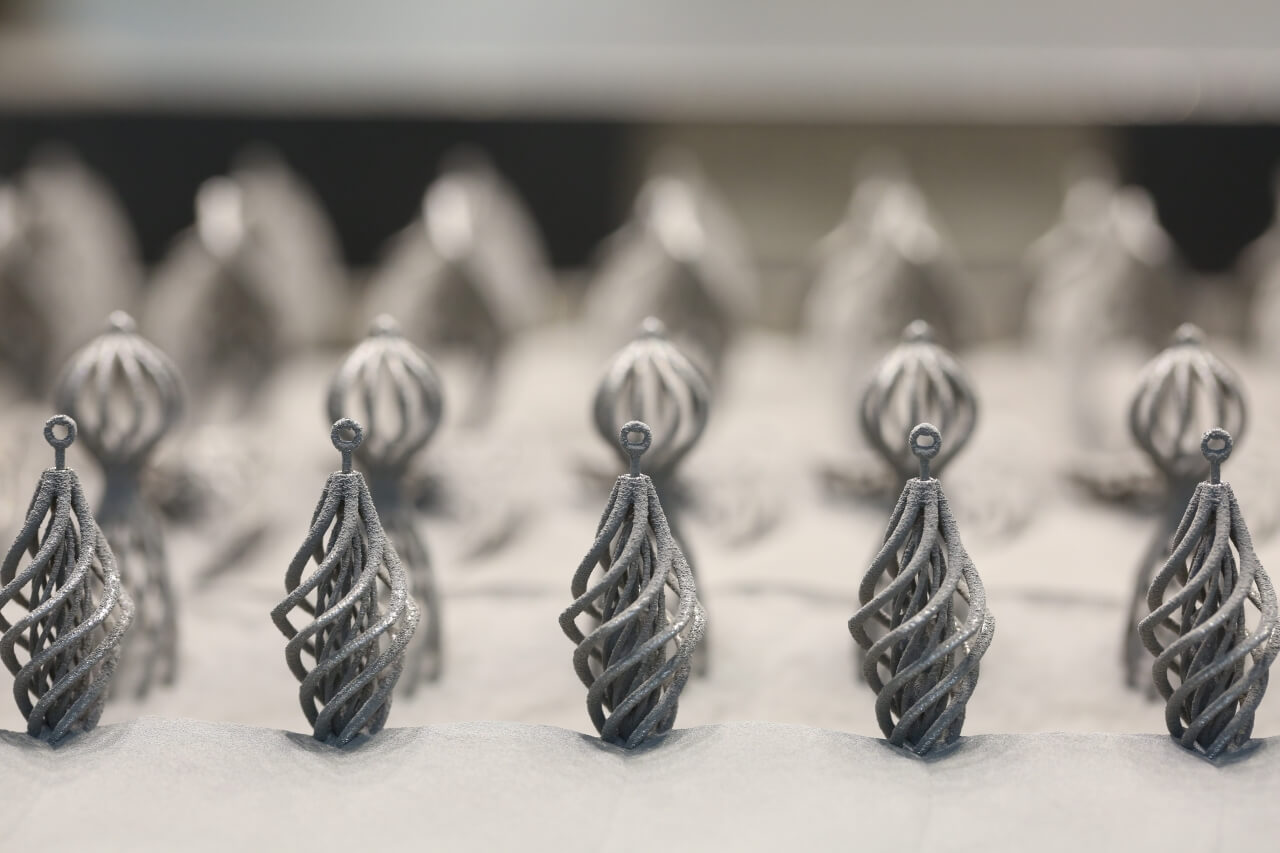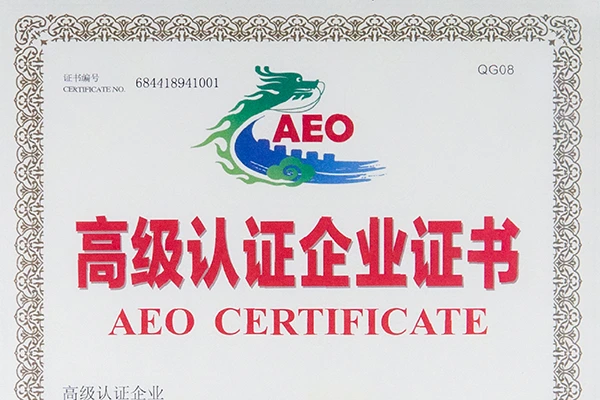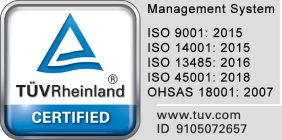What is ISO 13485:2016?
ISO 13485:2016 is a quality system management standard. It’s similar to ISO 9001, but has a few more stipulations to help companies meet the more specialized demands that come with making medical components and healthcare related products.
This standard is often referred to when medical and related products are submitted for approval to government bodies that regulate healthcare, such as the FDA in the United States or the European Medicines Agency (EMA).
Although not in itself a specific license to make a medical product, it is a clear demonstration of a supplier’s accountability and conformance to industry best practices when making components that are essential for safeguarding human health.
Here we take a more detailed look at the provisions of ISO 13485:2016. When a manufacturer applies these management tools correctly, they can also be beneficial in improving the quality and reliability of every product they make.
1. Risk Management
The management team begins by conducting a comprehensive analysis of all relevant production and processing steps involved in making the finished product, especially those that might compromise quality. Sometimes this analysis is aided by relevant outside consultants.
Of course, merely analyzing potential risks is not enough. The next step is to implement procedures to eliminate the source of those risks. And this means not just on a case-by-case basis but always, as a function of continuous improvement.
2. Clarification of Management Responsibilities
One of the primary causes of preventable errors in a manufacturing environment is a breakdown in communication between individuals, supervisors and work teams. Therefore, the roles and responsibilities of every team member must be clear and unambiguous to reduce mistakes and achieve optimal performance.
In order to clarify these channels of communication, and to delegate authority and responsibility effectively, a rigorous audit of management structure is performed. This audit often reveals previously unknown weaknesses or inefficiencies whose mediation serves to enhance the quality and reliability of the supplier’s output.
3. Enhanced Training
Training systems for all personnel are essential for staying abreast of the increasingly sophisticated material and manufacturing technology used in the medical field and elsewhere.
This training should of course be focused on the core skills that directly affect product quality. So that implies making an initial skills assessment of all personnel, and then implementing dedicated programs that immediately address any skills gaps. And this system should be well-regulated, recorded and upgraded regularly.
4. Facility Improvements
Having a well-organized factory is a core component for many quality management systems, including lean / Kaizen and ISO 9001. But a focus on upgrading the facilities goes far beyond the cosmetic benefits.
Cleanliness and orderliness help to quickly identify problems or non-conformances because it’s easier to spot when something is out of place. Tools don’t go missing, there is a place to put all needed items, and all machinery and equipment can be laid out in the most sensible and efficient way. This also protects worker safety and comfort.
Beyond this, there may be some needed facility upgrades that leverage new technologies like robotics, digital product tracking or advanced metrology equipment. All of this improves the ability of the supplier to conform to the needed quality specifications of the customer, which is essential for medical device approvals.
5. Design and Development
One of the recent modifications to the ISO 13485 standard is a renewed emphasis on the importance of design and development guidelines for some product categories.
This is important because medical products in particular are becoming more specialized, small and complex. All of this places an extra burden on the manufacturer to ensure that what can be designed on paper can actually be made in the real world, with reliable and repeatable results. This becomes more feasible when the supplier and the customer work together as partners to perfect a design long before it reaches the factory floor.
6. Control of the Supply Chain
Supply chains in the modern manufacturing world can be highly diffuse and, depending on the materials involved, difficult to both track and control. And yet it’s essential that all materials used to make life-saving medical components must comply with both engineering specifications as well as ethically responsible business practices.
This can be done only when the manufacturer institutes a robust system of inspection and verification for all incoming materials using scientific analytic equipment. This is then backed up with a labeling and tracking system which guarantees that no non-conforming materials can get into the supply stream or contaminate products during processing.
What does this mean for our clients?
Star Rapid is prepared to support you when it’s time to bring your medical devices to market fast. With our comprehensive range of in-house services we can help you create rapid prototypes, tools and production parts that will help you to deliver solutions for your most demanding medical applications.
The ISO 13485 certification is yet another demonstration of our commitment to total quality management. We will apply this level of professional service not only for medical products but also to any project that requires the industry’s finest attention to detail, accountability and rapid turnaround. Contact us today to learn how we can work with you.








